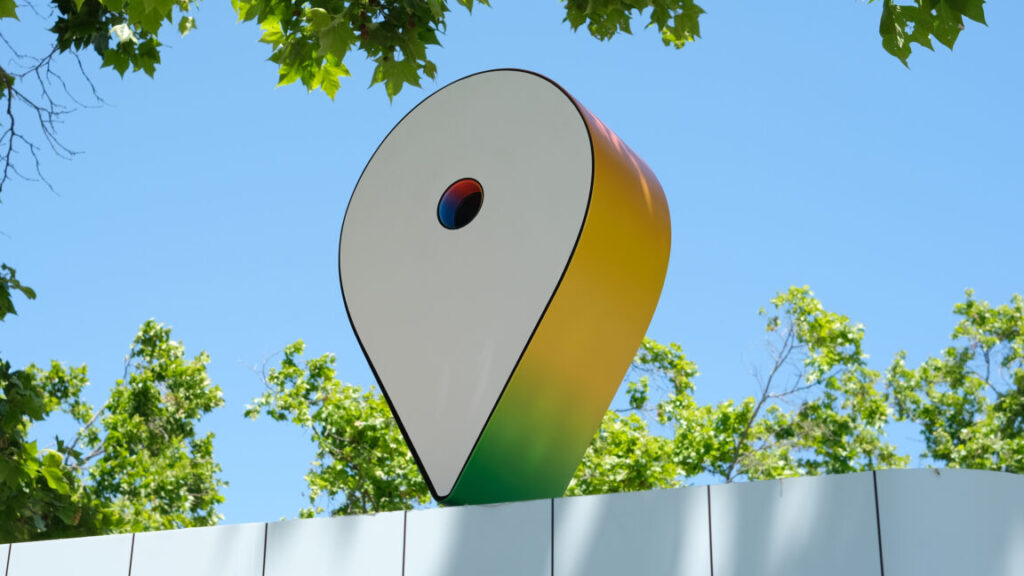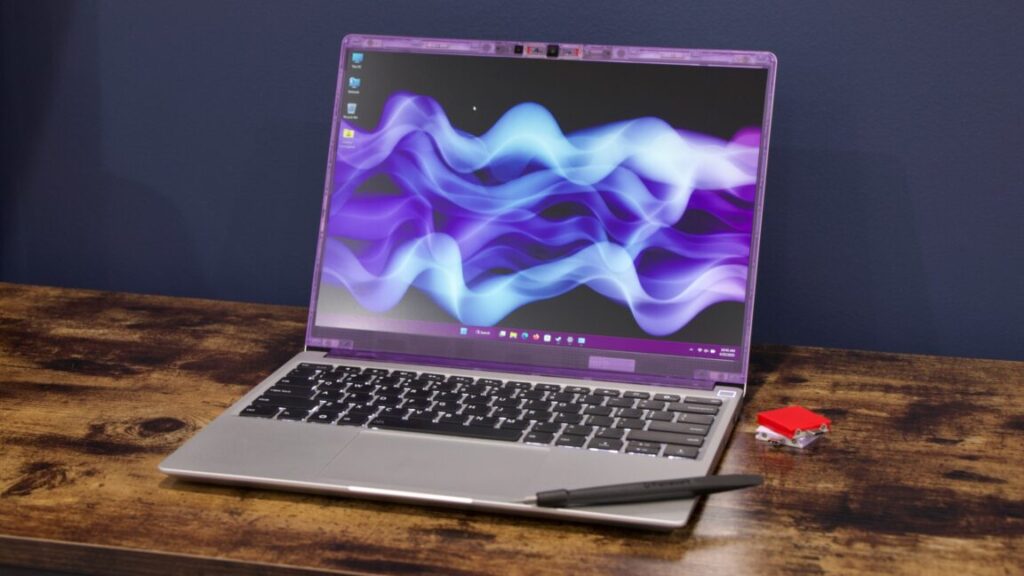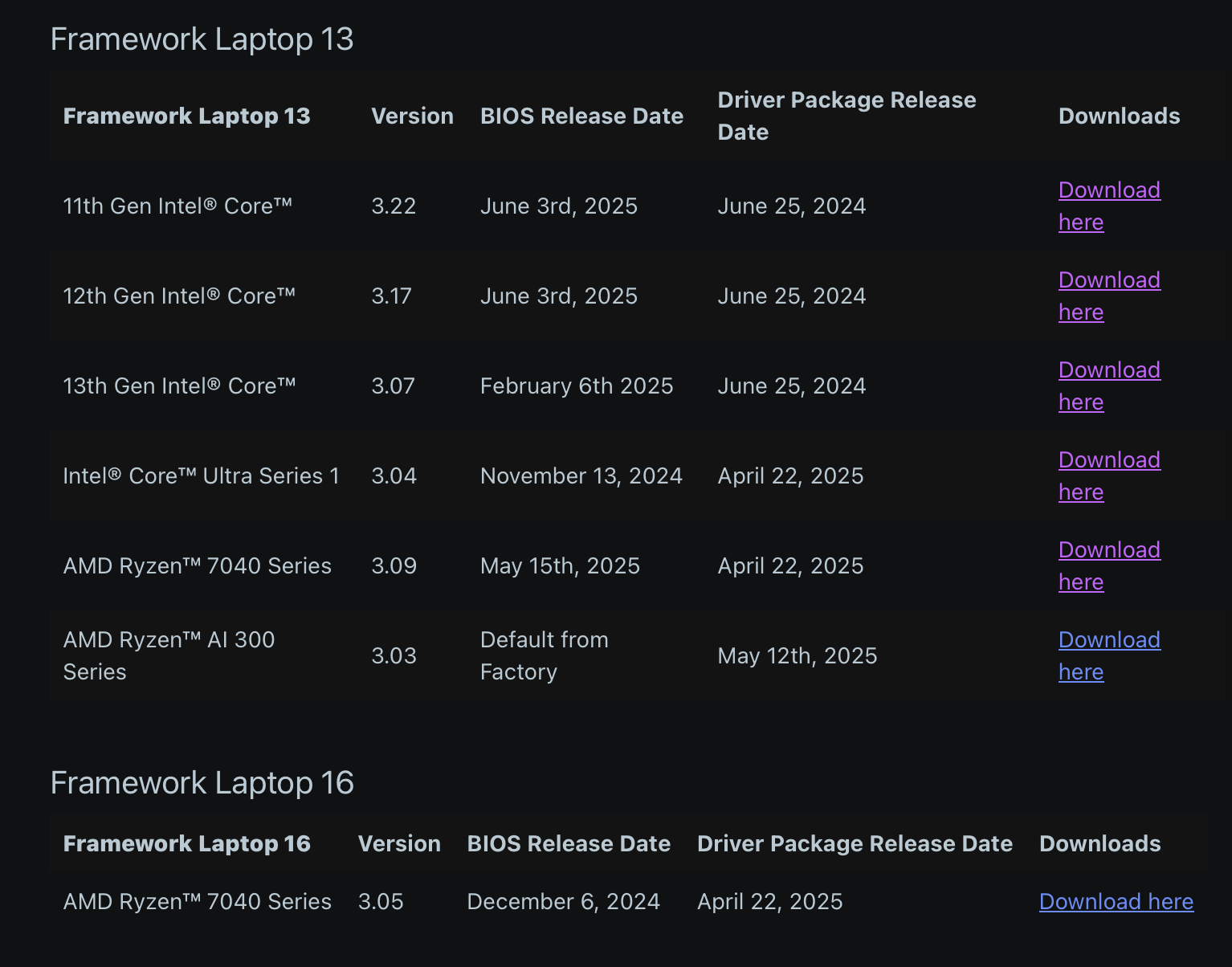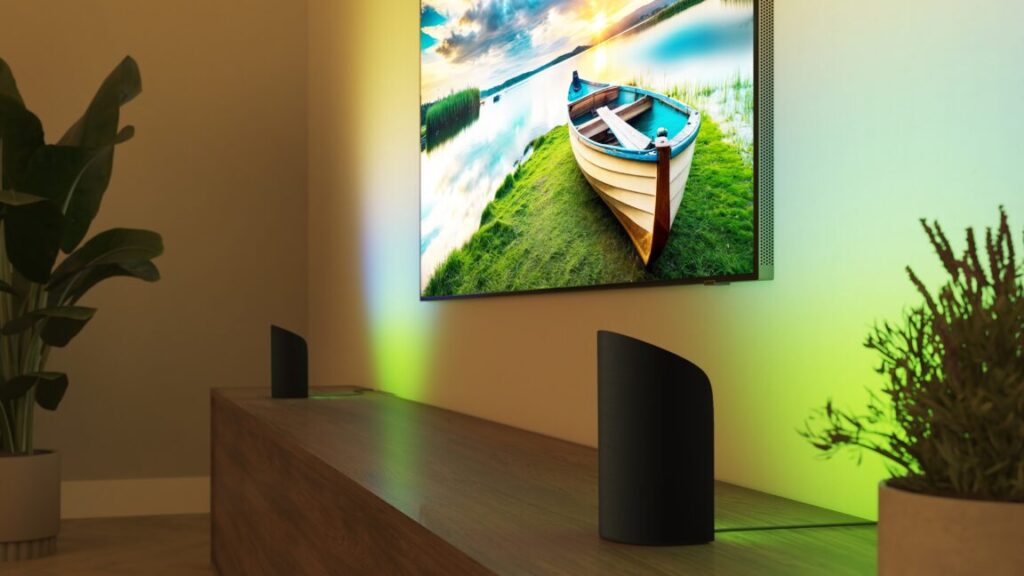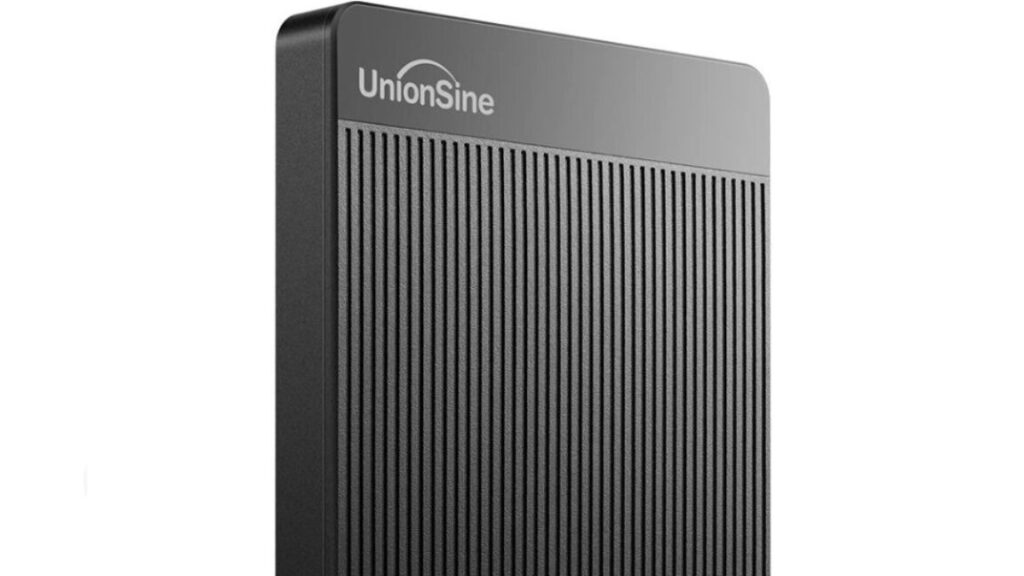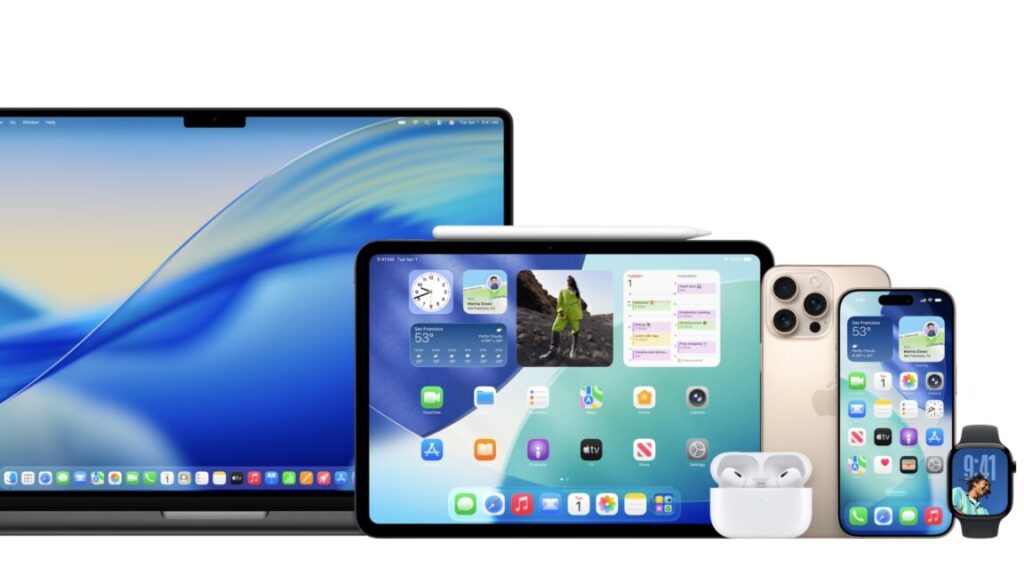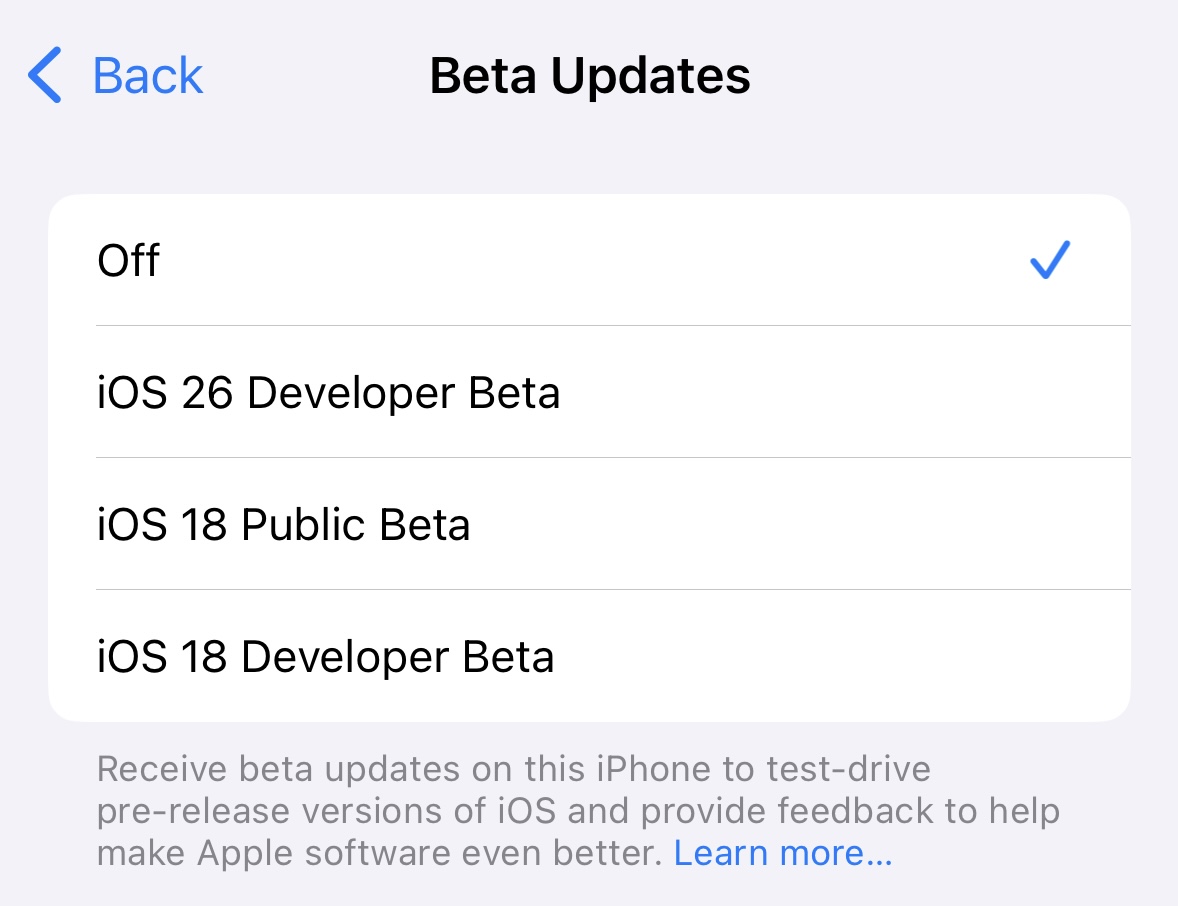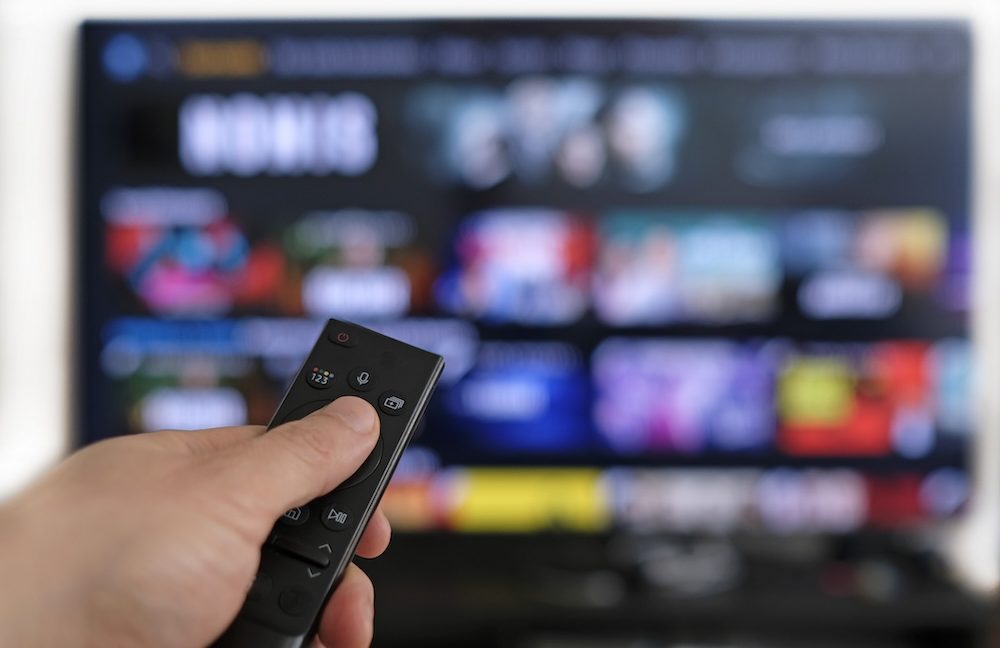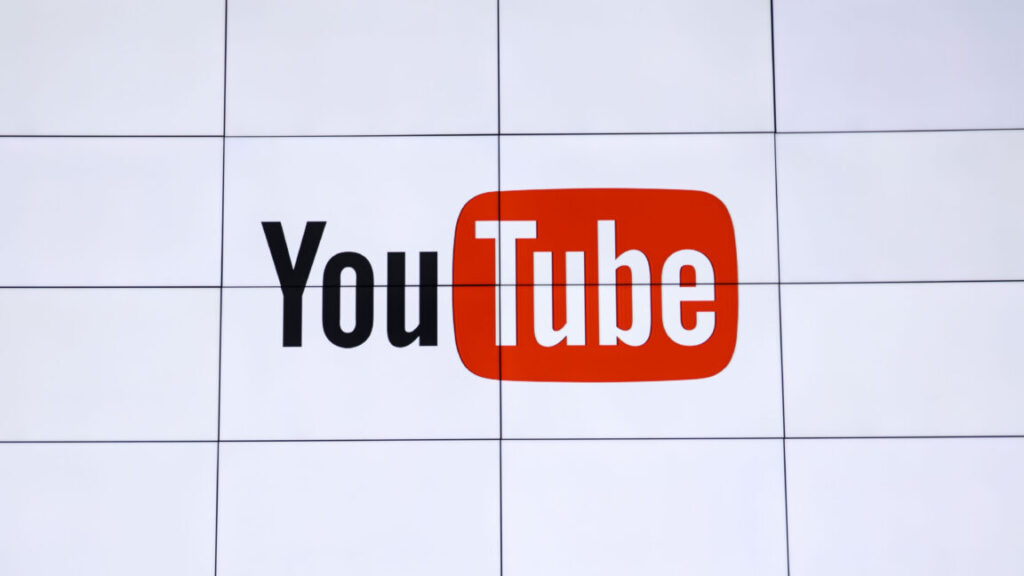Google’s spotty Find Hub network could get better thanks to a small setup tweak
Bluetooth trackers have existed for quite a while, but Apple made them worthwhile when it enlisted every iPhone to support AirTags. The tracking was so reliable that Apple had to add anti-stalking features. And although there are just as many Android phones out there, Google’s version of mobile device tracking, known as Find Hub, has been comparatively spotty. Now, Google is about to offer users a choice that could fix Bluetooth tracking on Android.
According to a report from Android Authority, Google is preparing to add a new screen to the Android setup process. This change, integrated with Play Services version 25.24, has yet to roll out widely, but it will allow anyone setting up an Android phone to choose a more effective method of tracking that will bolster Google’s network. This is included in the Play Services changelog as, “You can now configure Find Hub when setting up your phone, allowing the device to be located remotely.”
Trackable devices like AirTags and earbuds work by broadcasting a Bluetooth LE identifier, which phones in the area can see. Our always-online smartphones then report the approximate location of that signal, and with enough reports, the owner can pinpoint the tag. Perhaps wary of the privacy implications, Google rolled out its Find Hub network (previously Find My Device) with harsh restrictions on where device finding would work.
By default, Find Hub only works in busy areas where multiple phones can contribute to narrowing down the location. That’s suboptimal if you actually want to find things. The setting to allow finding in all areas is buried several menus deep in the system settings where no one is going to see it. Currently, the settings for Find Hub are under the security menu of your phone, but the patch may vary from one device to the next. For Pixels, it’s under Security > Device finders > Find Hub > Find your offline devices. Yeah, not exactly discoverable.
Google’s spotty Find Hub network could get better thanks to a small setup tweak Read More »
